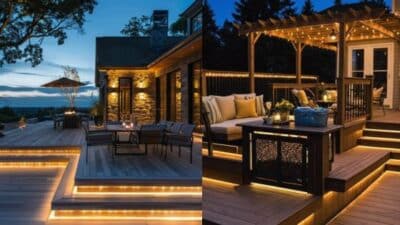Collectible toys are more than simply oddball shelf fillers or relics from childhood. Character, nostalgia, and artistic depth may be added to any home with these expressive, forward-thinking artefacts. When carefully selected, they may become talking points that take a space above and beyond standard décor. Toy collectibles may provide unexpected appeal to any design, whether it’s a minimalist house, an industrial loft, or a comfortable studio.
To include toys into your home design, you don’t have to be an avid collector—from antique robots to designer vinyl figurines, these items may reflect your individuality and add layers of personalisation to your room. When incorporated into themes, periods, or emotions that you like to convey in your home design, they perform incredibly effectively.
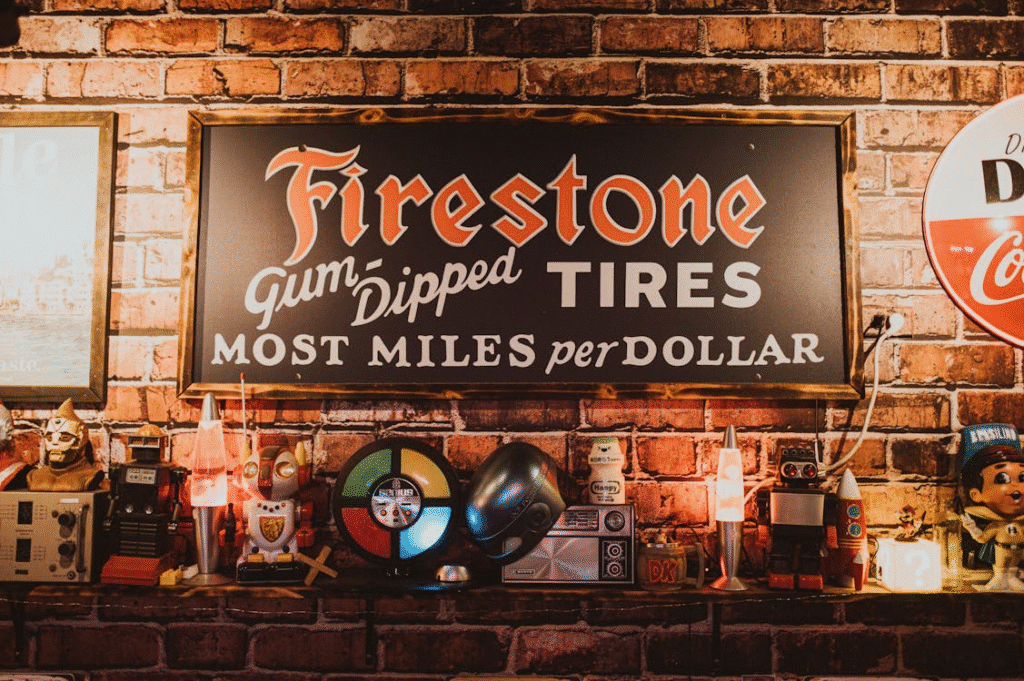
Designer Toys and Urban Vinyl Culture
Designer toys, especially urban vinyl figures, have become iconic in modern interiors. Created by artists and often released in limited quantities, these toys blur the line between pop art and sculpture. Their unique aesthetic makes them ideal for interiors that value creativity and subculture.
Limited-edition toys from artists like KAWS, Medicom, or Bearbrick can give your space an edge. They are collectible art pieces. Place them on floating shelves, coffee tables, or glass cabinets where they command attention without clutter. The bold colors and exaggerated forms instantly inject visual excitement.
Mixing with Contemporary Decor
Pairing designer toys with contemporary furniture is an effective way to balance high design with playfulness. Sleek sideboards or matte console tables provide the perfect stage for expressive figures. Keep the surroundings clean to let the figures shine, especially if they feature intricate designs or metallic finishes.
Minimalist interiors often need focal points that break monotony. A solitary 1000% Bearbrick or a custom-painted Dunny figure can serve as a centerpiece in a minimalist setup. Their scale and personality can add a whimsical touch while still aligning with a restrained aesthetic.
Nostalgic Vintage Toy Displays
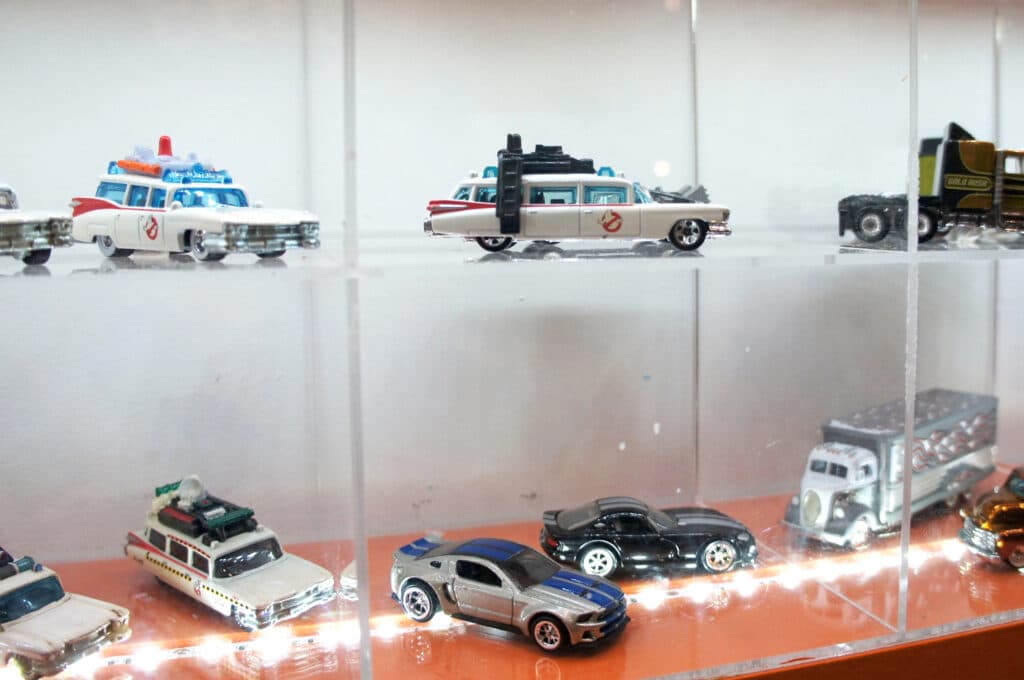
Vintage toys tap into the emotional power of memory. When displayed tastefully, they serve as delightful throwbacks and elevate your design with personality and depth. These pieces are particularly effective in eclectic, retro, or mid-century spaces.
Using toys from a specific decade can set the tone for an entire room. Think 1960s tin robots, 1970s action figures, or 1980s arcade-inspired toys. Their colors, textures, and form factor help reinforce design themes that evoke specific time periods.
Displaying with Intention
Choose a few essential pieces and give them room to breathe to avoid clutter—each item may be protected and showcased with shadow boxes, personalised display cases, or wall-mounted units. Lighting is also important—to make your toys stand out and become works of art, employ directed lighting.
It’s not necessary to be childlike to be vintage. To keep the overall tone elegant, pair your toys with more sophisticated materials like marble, brushed brass, or walnut wood. An antique GI Joe on a sideboard with a glass dome above it becomes more about well considered design than play.
Vintage McDonald’s Toys as Nostalgic Centerpieces
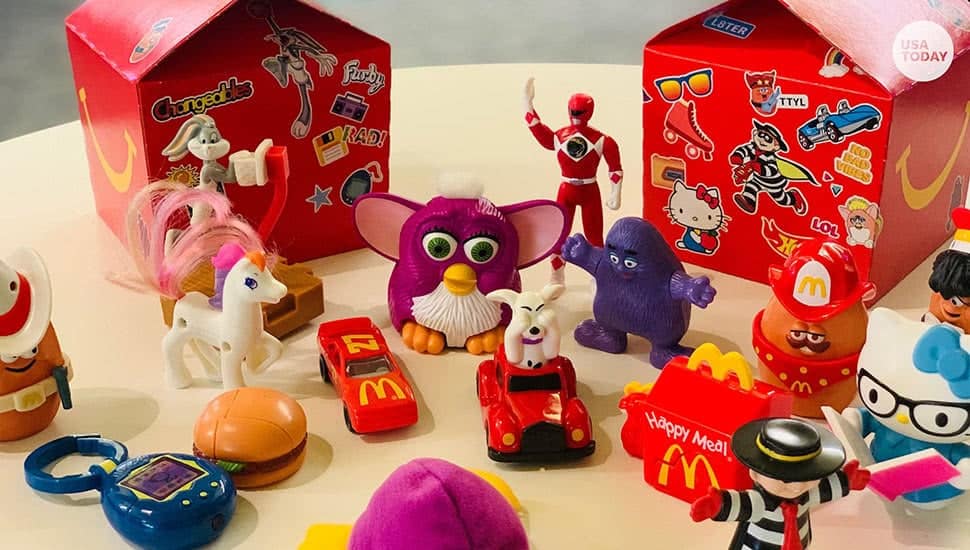
McDonald’s toys from the 1980s and 1990s hold more than fast food nostalgia—they’re cultural time capsules. Their colorful designs and instantly recognizable characters bring cheerful energy and a strong emotional connection to any room.
Creating a Retro Pop Display
You can check out vintage Mcdonald’s toys and create a nostalgic pop-culture corner using some of the classic figures like Hamburglar, Grimace, or Ronald himself.
Arranged on bright shelving or inside a diner-style cabinet, they make for a playful display. Complement them with checkerboard tiles, neon signs, or vintage trays for extra retro flair.
Elevating Iconic Toys with Framing
Put McDonald’s toys in acrylic cubes or shadow boxes to treat them as works of art. A whole Happy Meal set framed on a wall may retain its charm and humour while evoking the atmosphere of a well chosen gallery—works well in informal lounges, eccentric kitchens, or even stylish children’s rooms.
Blending Fun with Function
McDonald’s toys also offer opportunities for functional decor. Line them up along a window sill, use them to top planters, or integrate them into shelving where books and accessories meet. Their small size and vibrant palette let them complement existing decor while adding a distinct, joyful personality.
Pop Culture Icons and Fan Collectibles
Pop culture toys are more than fandom memorabilia. When thoughtfully placed, they can demonstrate your interests while complementing your decor style. Superhero statues, sci-fi models, or anime figures can feel artful rather than cluttered if styled intentionally.
If you love certain franchises, let your collection guide the room’s vibe. A Star Wars model collection pairs beautifully with industrial elements like steel shelving or concrete finishes. A Marvel-inspired display can work well in modern, graphic-driven spaces with bold colors.
Stylizing with Restraint
The key to making fan-based collectibles look high-end is restraint. Avoid displaying everything at once. Rotate your collection periodically to keep the space fresh. One or two standout pieces, like a full-scale Iron Man helmet or a rare anime figure, can speak louder than a crowded display.
Combining Memorabilia with Art
Blend your toy collectibles with framed prints, wall decals, or posters for a gallery-like effect. Match tones and materials so your toys don’t feel disconnected from the rest of the decor. For instance, a Batman figure with a black matte frame and grayscale cityscape art feels curated rather than kitschy.
Custom and Artisanal Toy Pieces
Handcrafted toys add individuality and artistry to your home—small-batch or handcrafted goods that have a distinct personality. These treasures give emotional depth if you appreciate uniqueness and narrative in your design.
Working together with artists or toy manufacturers to create personalised items guarantees that you will receive something that suits your personal taste. Bespoke toys demonstrate consideration, whether it’s a sculpted creature that goes well with the concept of your space or a wooden figurine made to fit your colour scheme.
Supporting Indie Creators
Steampunk, fantasy, and abstract are just a few of the many styles available from independent toy creators. In addition to giving your décor more authenticity, supporting them gives the room more cultural richness. To locate items that speak to you, check out internet markets, local maker fairs, or social media.
Enhancing Textural Contrast
Custom toys often involve materials like clay, resin, felt, or wood, which can introduce texture diversity to your interior. Place a soft felted creature beside a metal lamp or a resin figure on a rough concrete surface for maximum impact. The interplay of textures draws attention and sparks curiosity.
Curated Toy Corners and Statement Installations
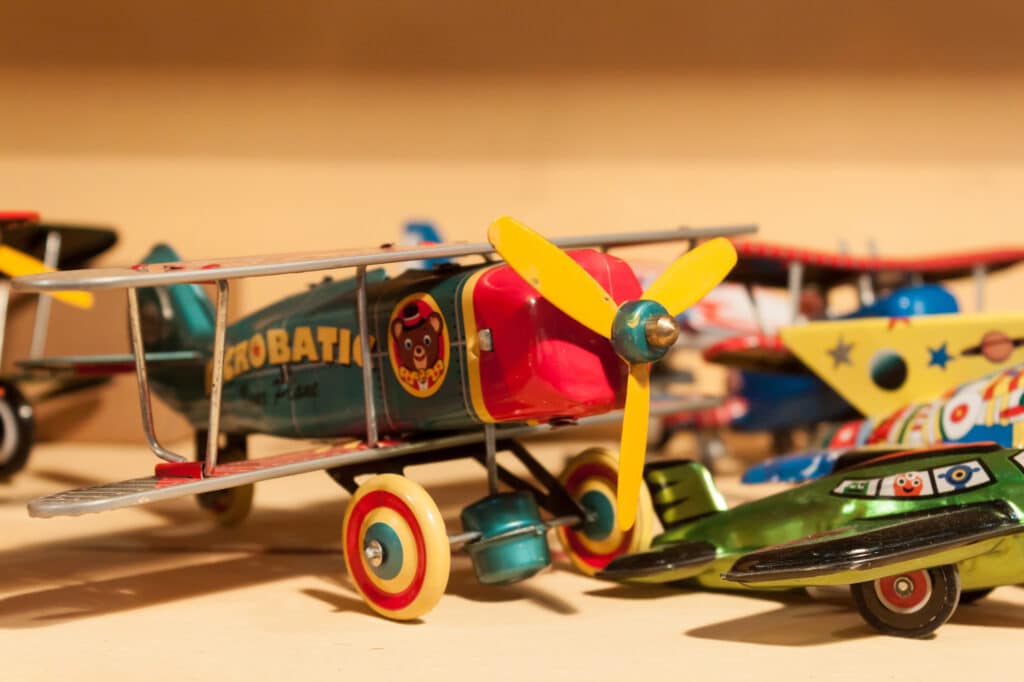
Rather than scattering your collectibles randomly, designate specific areas for impact. Thoughtful placement and scale can turn a toy collection into a defining interior element. Creating narrative vignettes can also bring storytelling into your space.
Arrange toys in groups that tell a story or theme. You might design a corner around futuristic robots or line up animal figures across a mantel. Vignettes can be whimsical, humorous, or even abstract—what matters is cohesion in the visual story.
A full display wall can function as both art and storage. Use grid shelving, acrylic boxes, or even recessed niches to display your collection vertically. This works particularly well in home offices, creative studios, or hallways where wall real estate is underutilized.
Surprise placements heighten visual interest. A toy peeking out from a bookshelf, standing guard on a windowsill, or nested into your bathroom decor can add an element of joy and playfulness. These placements make the space feel alive and less scripted.
Conclusion
It goes beyond simple décor when you incorporate toy treasures into your house design. Identity, narrative, and bringing soul to your environment are all important. Every item you select reveals something about your aesthetic sense, taste, and recollections. When used with the same aim as furniture or art, toys may be effective design tools.
Regardless of your home’s style—modern, antique, eclectic, or minimalist—collectible toys provide a way to add cosiness and personality. Begin modestly, choose carefully, and allow your design to develop around the things that make you happy. Toys can turn a house into a home if they are used and placed properly.
- 0shares
- Facebook0
- Pinterest0
- Twitter0

